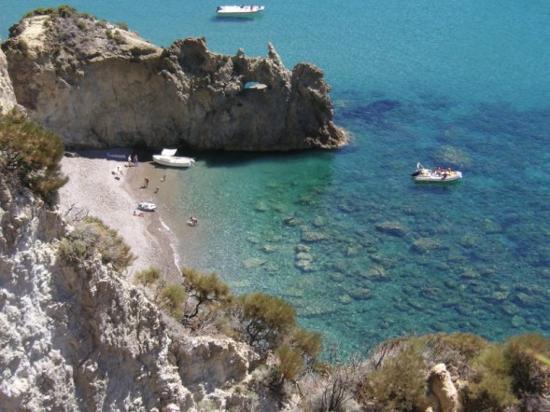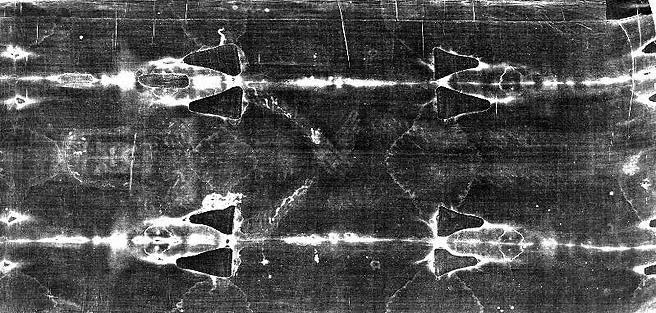I am sending a special continuing tribute to my special aunt that passed away last week..she was one of my inspirations for discovering and loving Italian cooking.. It is so hard not to think of special things that she made for us everyday..especially now that St Joseph's Day and Easter and Passover Holidays are here.
Although, there is not any Jewish member of our family...she was fascinated by the foods to celebrate Passover and we would sometimes be invited over to her house to have a Passover dinner cooked totally by her...even when she was 90 yrs old..
A fan of the food network and many of their chefs as well...she was always reading cookbooks and watching TV cooking shows to learn new ways of preparing things..or adding a twist to her age old recipes...But I think she could teach everyone a thing or two..
From Easter Ham to her St Joseph's Day Calzones to her apple pies to her carciofi (artichokes). I never really realized what masterpieces each little treat was that she made for us-her own masterpiece that she made with her own hands using her own special gift that was given to her by the powers above..
And oh how I regret how many times I didn't partake of one of her delights because I was watching my weight. I didn't realize that I missed out on a masterpiece that was only here for a short period of time..it was her way of giving us her love, showing how much she cared, how much she loved us...
These masterpieces were not as famous as a Davinci but more precious....
As time passed and she got older, family members would receive more and more dinner invitations ... some we could accept and other times because of work or time commitments we could not....but what special gatherings we passed up and how we realize now that they were special invitations to her heart and her soul..the thing that made her tick..food and her love of it!!
"Eat more, you did not eat enough" those words she would always utter to me and I could not understand why she was not happy if I did not want to eat a lot or not at all..
bit it was her way of telling us she wanted to give us more and more of her love.... of her heart...of her soul
A special life that created special times and special memories.
The oldest female relative on my mom's side- she was what held the whole family together since my grandmother passed away..she always made sure that the whole family was together for Holidays to partake in a family meal.....something that was important to her ....
As time passes, I hope that it does not hurt as much to be without her and the calm feeling that she was always there. That thought that she would always be there was a comforting one that we took for granted..
The hurt may lessen but will always be there and I wish that I could hear those words of hers again.."Maria why don't you eat more, take another piece..."
I can comfort myself by knowing that I was fortunate to have been touched by this special person in my life and one who made my love for food grow even more for I will always think of her with every cookbook I write and every special recipe I make and that is the gift she left for me.....
Ciao zia... tanti tanti baci......ti manchi tanto......xxo
Maria


































